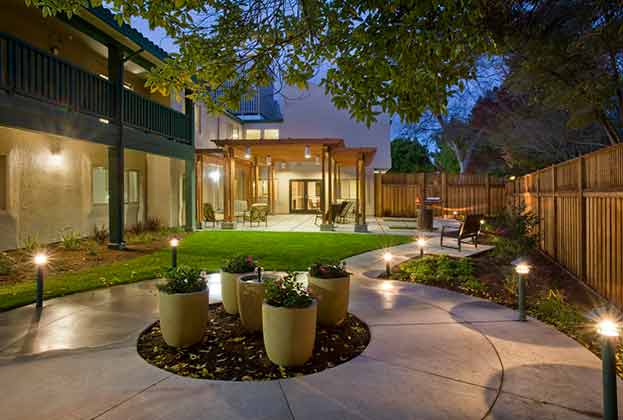Access to housing in Prague is already among the worst in Europe and, according to a recent survey of local developers, the situation is set to worsen over the coming years.
The survey of 40 prominent developers conducted by CEEC Research in cooperation with KPMG, published in December, projects that residential demand in Prague is set to rise by 3.4 per cent in 2020 even as the number of new properties increases by only 1.4 per cent. In 2021, the survey forecasts residential demand in Prague to rise 3.1 per cent against growth in supply of just 0.8 per cent.
Prague’s housing crisis is being driven by a combination of factors. On the demand side, the population of Prague – and to a lesser extent that of other large Czech cities – is growing both rapidly through natural growth as well as immigration from both within and outside the Czech Republic in order to meet the rising need for workers in a still-growing, if not quite booming, economy.
A projection by the Czech Statistical Office has the population of Prague growing by over 30 per cent over the next 50 years to 1.71 million inhabitants. Of the new residents, only 64,000 will come from natural growth, with immigration of 7,000-10,000 people per year making up the difference. Many see that as a gross underestimation; recent analysis by CE-Traffic using data provided by mobile operators suggests Prague already needs to provide housing for roughly 1.55 million residents, compared with the official figure of 1.3 million in the statistical yearbook of Prague 2019.
On the supply side, developers like Peter Beneš, Director of Geosan Development, lays much of the blame for the weak housing growth on the slow process of getting building permits, which means developers cannot respond flexibly to the current high demand. This is a perennial complaint by developers that the Czech government has pledged to address by simplifying the permitting process. On 2nd January, the government published a draft of the new Building Act, which looks to speed up the process by having a single building permitting process replace the existing zoning and building permits, and bring in digitalisation not only to zoning planning, but also to the permitting procedure. The government is looking for the whole Building Act to enter into force from 2022, with some parts becoming effective during 2021.
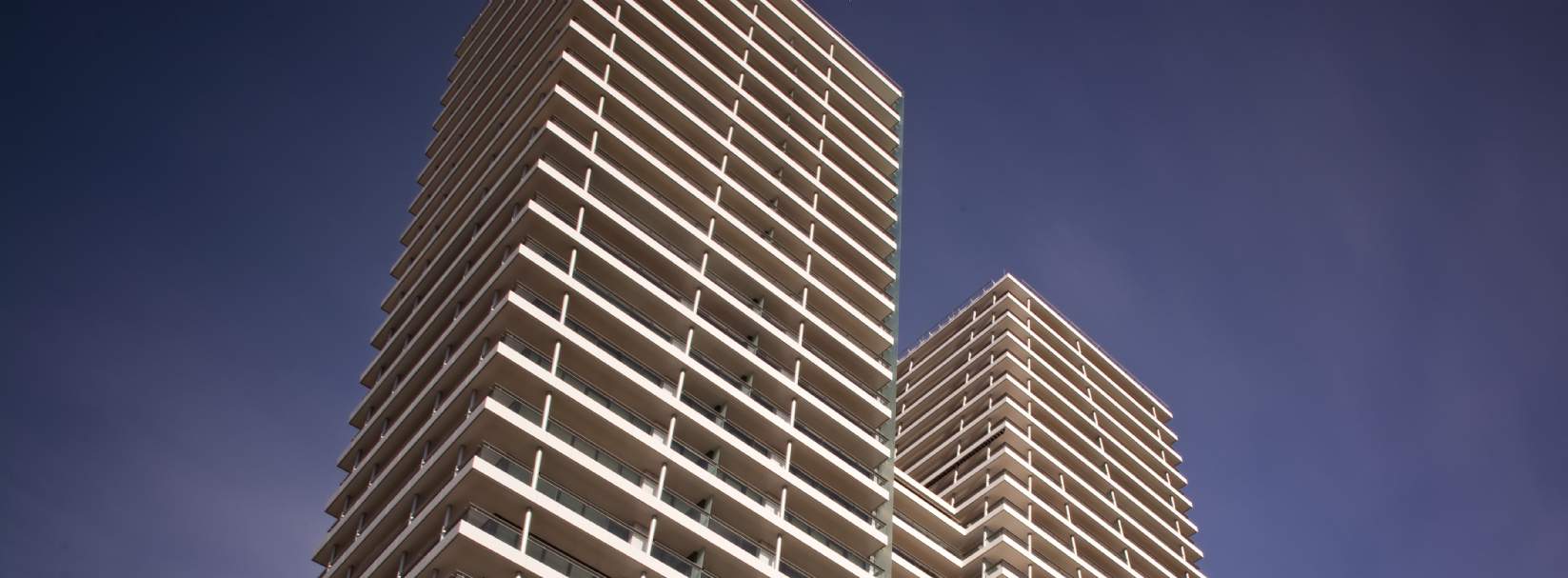
.jpg)

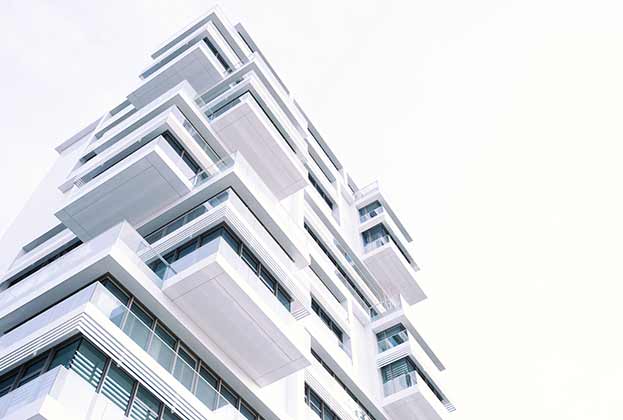
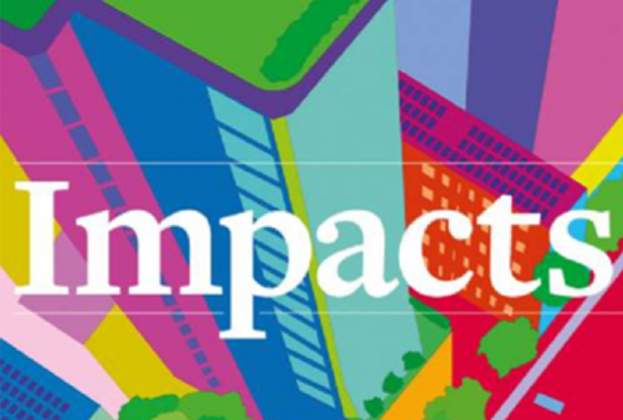
.jpg)
.jpg)
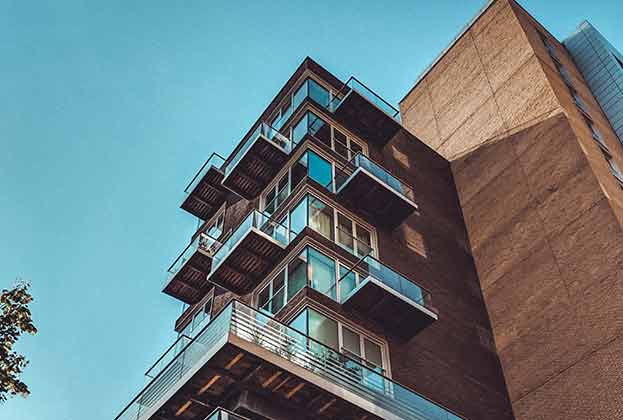
.jpg)
